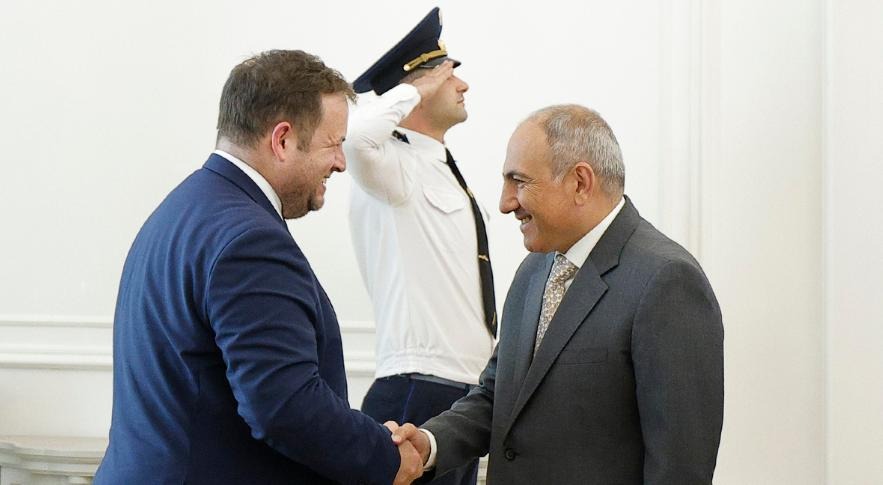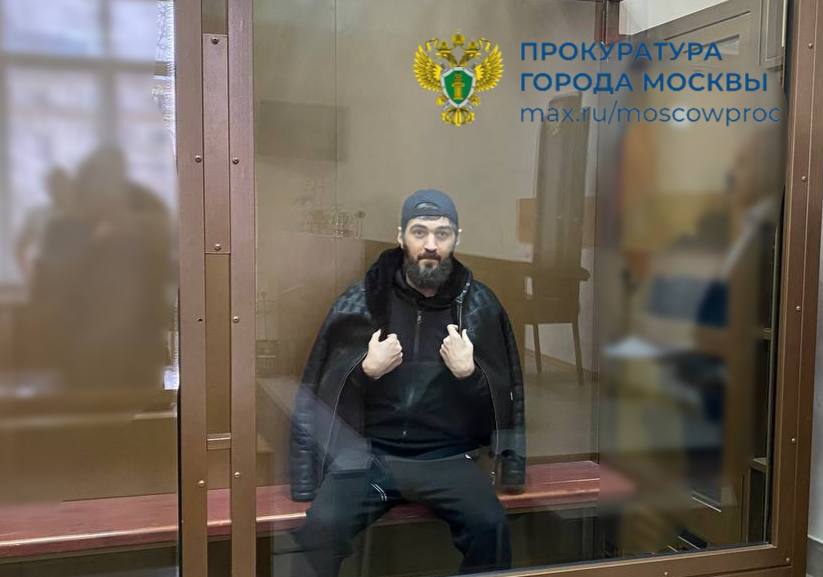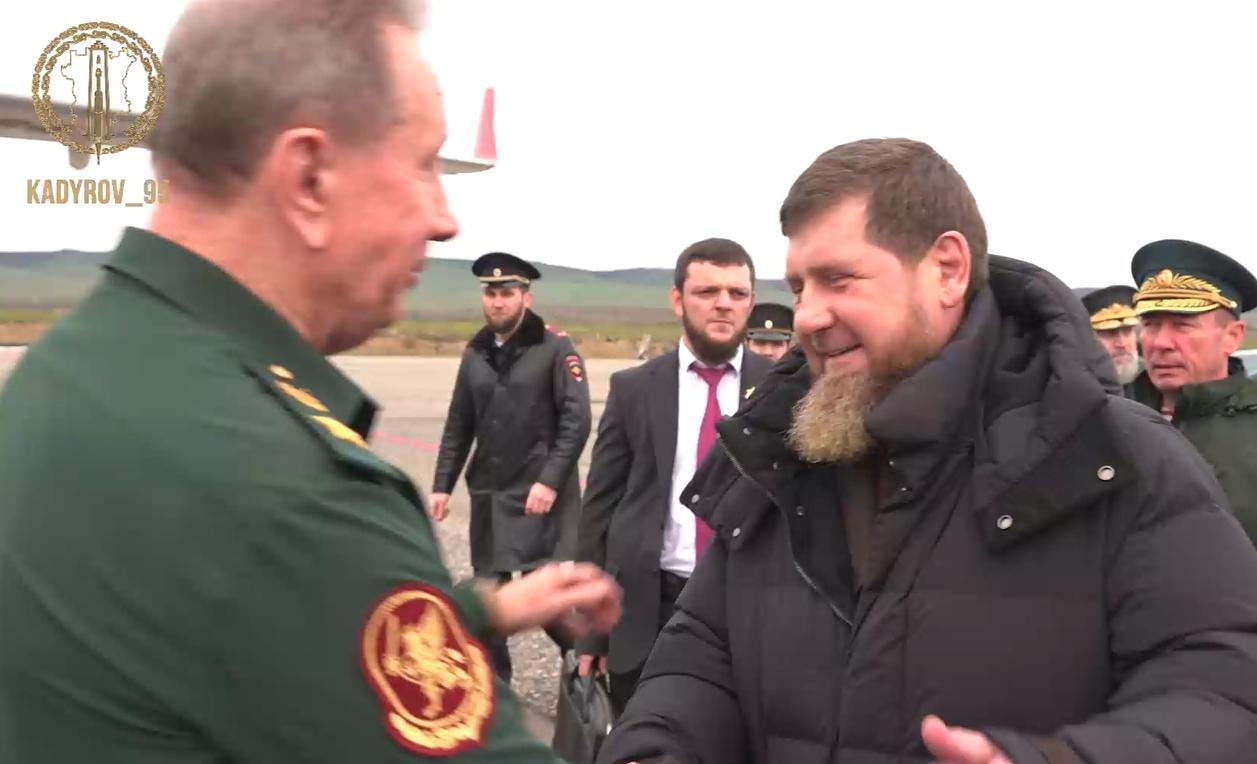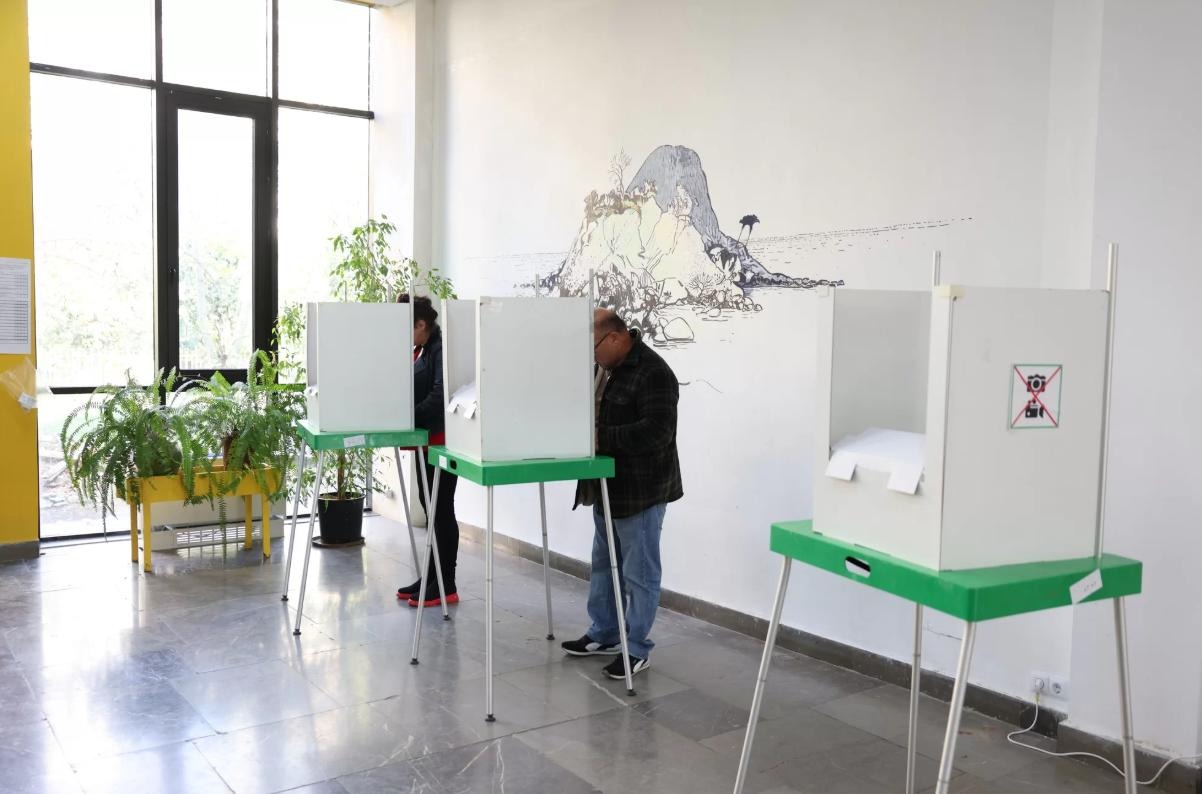The United Kingdom has declared its readiness to counter attempts by Russia and other external forces to interfere in Armenia's electoral process. Minister of State Lio Doughty emphasized that London is committed to supporting electoral integrity and the security of the information environment during elections.
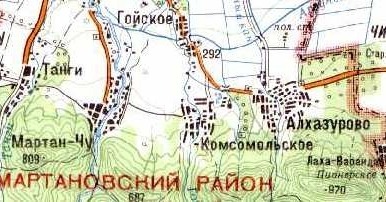
September 29, 2001
***
On the night of September 29, in the village of Avtury, automatic and machine-gun bursts and explosions of grenade launcher shells were heard. The next morning it turned out that members of the VF of the ChRI entered the settlement in several groups from different directions. They introduced themselves to local residents as resistance warriors, subordinate to President Aslan Maskhadov and loyal to the Constitution of independent Chechnya.
They set up roadblocks on the roads leading to neighboring Shali, Kurchaloy and Geldagana. The Russian military stationed in the village hid in their shelters and did not leave them until the morning of September 30. The militants killed two local police officers: Khanbolat Dadashevich Emiev and Sharpuddin Zakriev. A certain Shabazgirayev, a native of this village, was also shot for collaborating with the Russian authorities. The village council building was also burned. No illegal actions were committed against civilians.
Apparently, for demonstration purposes, they entered other large settlements on the plain in a similar way: Kurchaloy, Geldaganu, Tsotsin-Yurt, Germenchuk and Serzhen-Yurt.
In the city of Shali, which was almost completely under their control for a day, a policeman was also killed. A warning was issued to everyone who cooperates with the Russian authorities. The participants of the WF of ChRI especially emphasized that they were doing this for the last time. They then burned the courthouse.
In response to the activity of the VF of the ChRI, employees of the Russian security forces from their shelters began to open fire on all objects moving in the city. Both local residents and their colleagues became victims of these attacks. On the night of September 29, for example, they killed Usmanova and seriously wounded the Russian military man who accompanied her to the maternity hospital. The car they were in was fired upon from the location of the commandant's company, although they had been notified in advance by radio about the need to let it through.
Just a few hours after this incident, around six o’clock on September 29, Tsakaeva, a mother of four minor children (the youngest child was only nine months old), was killed by a shot from a sniper rifle from a checkpoint near the military commandant’s office of the Shalinsky district in the courtyard of her house. Her husband managed to escape, although the sniper also shot at him.
On the night of September 30, members of the WF of the ChRI freely left Avtury and Shali.
***
At about three o'clock, three employees of Russian security forces broke into house 34 (now house 62) on Partizanskaya Street in the village of Alkhazurovo. One of them struck a woman who had come out into the corridor in the ear with his palms, then knocked her to the floor with a blow to the face. At this time, other “security officials”, without explaining anything, lifted Ismail Imranovich Esiev, born in 1962, who lived in this house, from his bed, and took his brother, Ismail Imranovich Esiev, born in 1964, out of another room. (Having heard noise in the house, he managed to put on a tracksuit.) They were both taken out into the yard.
The “security forces” threatened the wives who tried to leave after them that if they made noise, they would come back and kill them. Just in case, the military barricaded the hallway door with a closet and a refrigerator, and then left, taking the practically naked brothers with them.
In the afternoon, the relatives of the abducted people contacted the regional security forces: the VOVD, the ROVD and the military commandant’s office. But their leaders said that they did not hold the abducted people, and that they did not know where they could be.
However, the relatives, through an intermediary, found out that both brothers were still being held in the building of the commandant’s office of the Urus-Martan district. As their relatives learned, FSB officers were behind their abduction. But even after this information was made public, the official authorities refused to provide any information about the reasons for the capture and the place of detention of these people.
The brutally beaten Esiev brothers were released on the evening of October 7. Employees of Russian security forces took them out of the city of Urus-Martan and left them on the road leading to the village of Goyskoye. They were shown in which direction this settlement was located, and then asked if they could get to Alkhazurovo. Having learned that they “could”, they left, promising to return the passports later.
From the book “People Live Here”, Usam Baysaev, Dmitry Grushkin, 2006.
